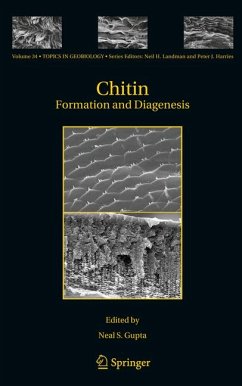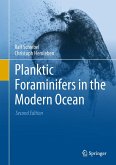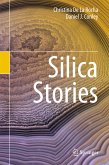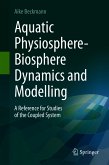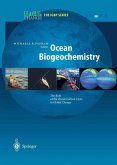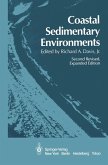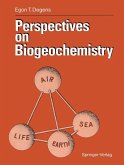There are several books on properties of chitin and associated biomolecules and their biochemical significance. However, the present volume deals with a wide variety of biogeochemical and organic geochemical aspects of this vital macromolecule written by leading authors and experts in the field. Each chapter is carefully peer reviewed and is an updated account of recent research in isotopic, nanostructural, biochemical, microstructural, geochemical, paleontological and experimental aspects of chitin formation, distribution and preservation in the environment and earth history.
Dieser Download kann aus rechtlichen Gründen nur mit Rechnungsadresse in A, B, BG, CY, CZ, D, DK, EW, E, FIN, F, GR, HR, H, IRL, I, LT, L, LR, M, NL, PL, P, R, S, SLO, SK ausgeliefert werden.

